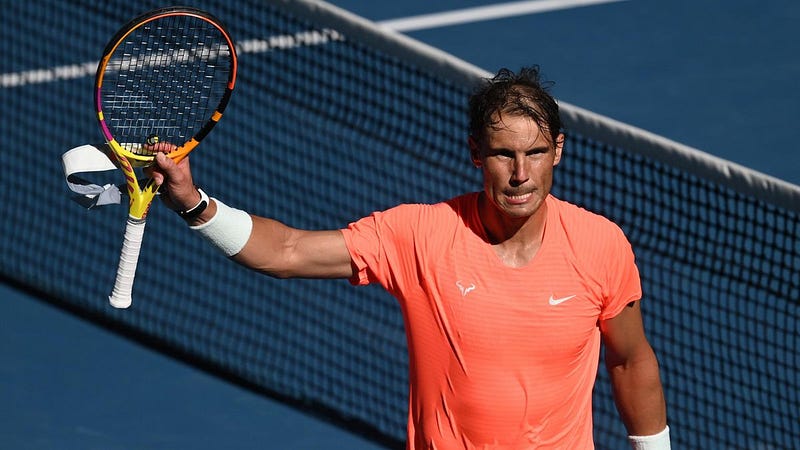
The Australian Open tends to reveal a lot about the playing level of the tennis tour. As the year’s first major tournament, it not only establishes the favorites heading into the Indian Wells-Miami Sunshine Swing but awards 2000 ranking points to the winners.
This year’s Australian Open, though several tournaments will presumably not take place due to COVID-19, will likely offer several answers about players’ prospects for the season. Naomi Osaka and Novak Djokovic have claimed the 2021 Australian Open singles trophies, building their legacies and confidence for the future.
Osaka has reaffirmed her incredible ability to rebound from deficits and stay calm under pressure during the last two weeks. Against Garbiñe Muguruza in the fourth round, Osaka saved a pair of match points late in the third set, putting ball after ball between the lines with the pressure at its highest. She finished the match with a run of 22 consecutive points played without a single unforced error. Since coming back from the brink, Osaka has been on a mission. She beat the tricky Su-Wei Hsieh in the quarterfinals, 23-time major champion Serena Williams in the semifinals, and Jennifer Brady in the title match
—
all in straight sets.
Brady, a top-tier player in her own right, was overmatched by Osaka’s power. She had one small window of opportunity in the final at 4-all in the first set but missed a second serve return with a love-30 lead. Osaka crushed a crosscourt forehand winner to erase a break point moments later, then calmly reeled off the next six games of the match to put the result beyond doubt.
Osaka currently has no equal on hard courts. She now owns four major titles on this surface, all won in the last three and a half years (there are two hard-court majors per year). Her powerful serve and groundstrokes make her more than a match for all others on the WTA; virtually every match she will play is “on her racket,” meaning that if she plays her best or even close to it, she will win. It is more than likely that she will achieve more glory on hard courts. Though her immense talents have yet to translate onto grass and clay courts, she has already built a Hall of Fame-worthy career, which might become legendary should she increase her surface versatility. But whichever the case, she is already a champion of significant and worthy acclaim.

Novak Djokovic, despite achieving more at the Australian Open than any other player in the Open Era by winning eight titles (the era of professional tournaments beginning in 1968), was not billed as a heavy favorite entering the men’s final. His opponent, Daniil Medvedev, was riding a 20-match winning streak and had beaten Djokovic in three of their last four meetings. As such, many were split on how the match would turn out, despite Djokovic’s supreme record at the Australian Open and the fact that Medvedev had not yet won a major.
Djokovic put such uncertainty to rest quickly. Though Medvedev managed to tie the first set from 3–0 down, Djokovic pulled ahead at the end to claim it 7–5, then stormed through the last two sets: 6–2, 6–2. Much was made of Medvedev’s elite shot tolerance, or patience to engage in long, grueling rallies, but it was Djokovic who tired out his opponent first. Making use of his more powerful forehand, he pushed Medvedev around the court, often coming to the net to effectively kill points. It must be said that Medvedev played below his high standard of the past several months during this match and looked to his box in frustration multiple times. The harsh truth is that during the second set he was steamrolled by a significantly better player. This is the challenge of playing Djokovic on his favorite court: chances to win don’t come often and they leave quickly.
By winning a record ninth Australian Open title in the Open Era, Djokovic has brought his overall major tally to 18, drawing closer to the joint men’s record of 20 held by Roger Federer and Rafael Nadal. With Nadal’s loss in the quarterfinals of this tournament, Djokovic is assured to maintain the number one ranking for enough time to surpass Federer’s mark of 310 total weeks at the top of the sport. Djokovic has spoken openly about wanting to surpass his two closest rivals and added that with the assurance of passing Federer’s 310 weeks at #1, he will focus more on the major tournaments going forward. The logic of this plan is difficult to argue with and is one that will likely leave his rivals apprehensive, if not downright worried, about what Djokovic will go on to achieve.
















